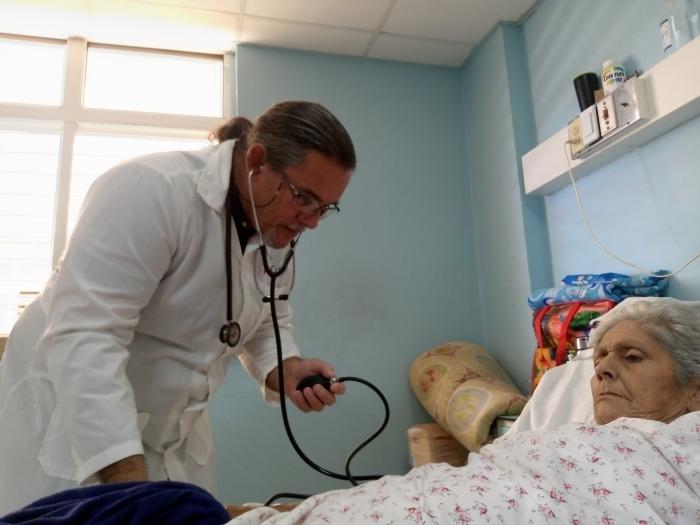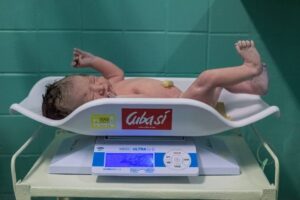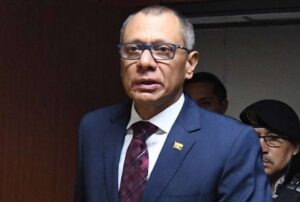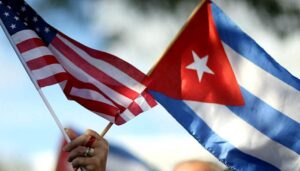A new horizon in the study of the human brain has been opened up by the generalisation in Cuban hospitals of the surgical procedure known as decompressive craniectomy for intracranial hypertension in severe cranioencephalic trauma, research by Ángel Jesús Lacerda Gallardo, a neurosurgeon from Ciego de Ávila and honorary member of the Cuban Academy of Sciences.
«The most important thing is that the statistics show that it was possible to reduce mortality from 80 percent to 31 percent and that constitutes an impact on the health of the population of citizens who suffer from this type of trauma, one of the main causes of mortality in the world,» declared the Doctor of Science.
So far, the novel surgical intervention has benefited more than 200 patients, a figure that exceeds 300 when counting surgeries performed by this method on patients with malignant cerebral infarction or spontaneous intracerebral haemorrhage, treated with the same procedure for the last 25 years, irrefutable proof of the validity of the research.
The scientist said that all the doctors of the neurosurgery service of the General Teaching Hospital Capitán Roberto Rodríguez, in Morón, are duly prepared to perform decompressive craniectomy…, which is widespread in hospitals in Santiago de Cuba, Granma, Camagüey and Matanzas, although, according to Lacerda Gallardo, they also perform it in other provinces, but the procedure is not protocolised, as in the aforementioned hospitals.
Another of the advantages of this surgical procedure is that it can be performed despite limited resources, as it only requires the instruments available in the country’s neurosurgery services, including a trepanation tool, the gigli saw or craniotome to extract the bone fragment.
He explained that, as a novelty, he «moved» the moment in which the procedure was performed, according to international protocols: «it was used, he clarifies, as a heroic procedure, that is, when the patient had no other possibility of treatment. (Author: Ortelio González Martínez)




